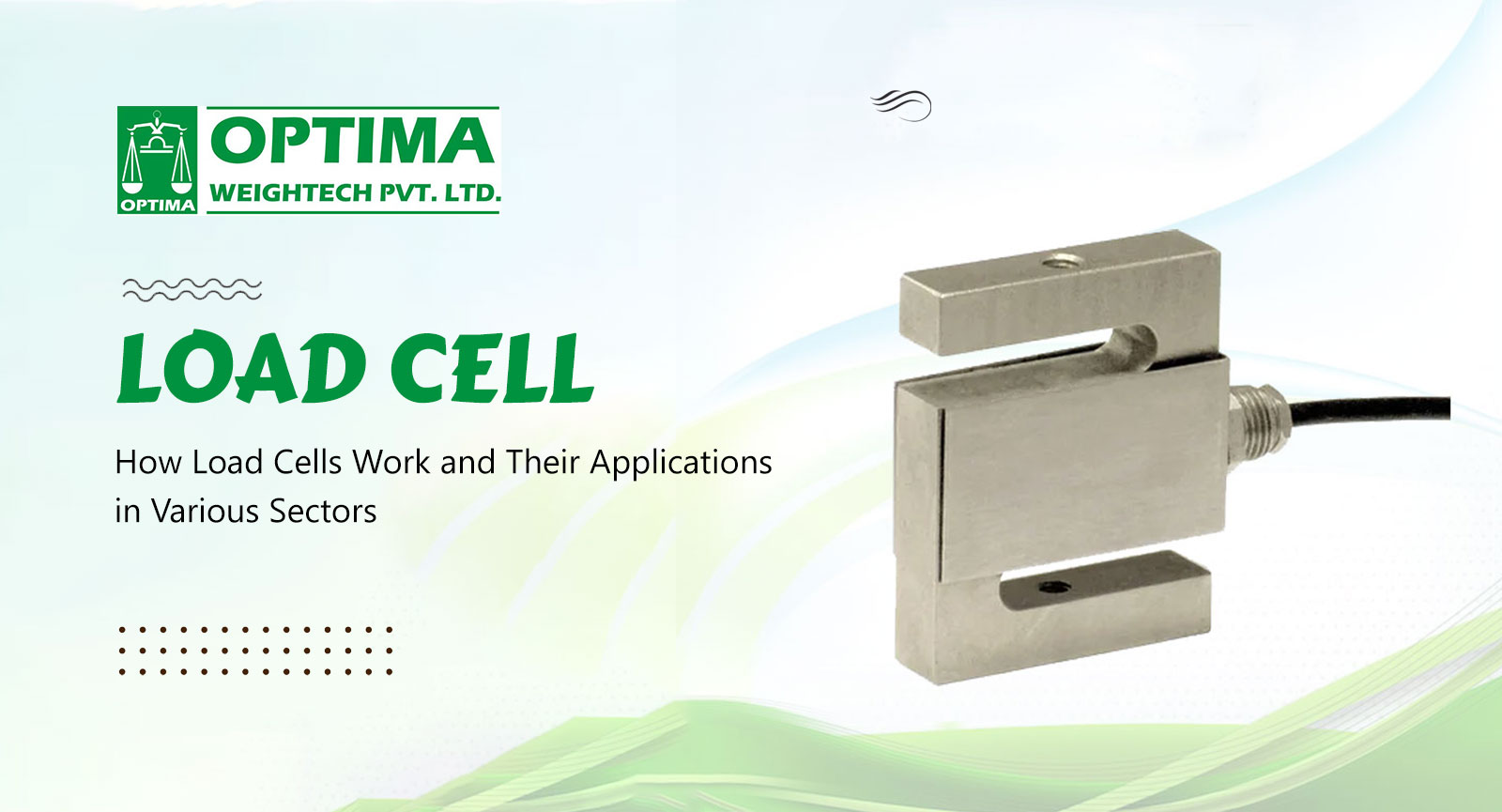
How Load Cells Work and Their Applications in Various Sectors
Precision measurement is crucial in modern engineering and technology. Whether it’s ensuring the structural integrity of a bridge or monitoring the production output of a manufacturing plant, accurate measurement of forces is essential. One vital tool in achieving this precision is the load cell. But what exactly is a load cell, and how does it work? Let’s explore more about it!
What is a load cell?
A transducer that transforms weight or force into an electrical signal is called a load cell. These devices are employed in a wide array of applications, from industrial scales and material testing machines to medical devices and aerospace engineering. These cells play a fundamental role in ensuring safety, quality control, and efficiency across various industries.
How do load cells work?
It operates on the principle of strain gauge technology. Strain gauges are devices that change resistance when subjected to a deformation caused by applied forces. They are typically made up of one or more strain gauges organized in a Wheatstone bridge design.
Furthermore, when a force is applied to the load cell, it deforms slightly, causing a change in the resistance of the strain gauges. This change in resistance is proportional to the applied force, according to the material properties and design of the load cell. By measuring this change in resistance, the load cell generates an electrical signal proportional to the force being measured.
Various Types of Load Cells
These tools come in various types, each suitable for different applications and operating conditions. Some common types include:
Compression Load Cells: These are designed to measure forces applied in compression, such as the weight placed on a scale platform.
Tension Load Cells: Unlike compression load cells, tension load cells are used to measure forces applied in tension, such as the load on a crane’s lifting hook.
Shear Load Cells: Ideal for applications involving shear forces, such as material testing machines and industrial machinery.
Bending Beam Load Cells: Widely used in industrial weighing applications due to their durability and accuracy.
Canister Load Cells: Often employed in heavy-duty industrial scales and tank weighing systems.
Major Applications of Load Cells
The versatility of these cells makes them indispensable across various industries. Some common applications include:
Industrial Weighing: They are used in scales and balances for weighing goods in warehouses, factories, and laboratories.
Material Testing: In material testing machines, these cells measure the force exerted on a specimen during tension, compression, or flexure tests.
Automotive Testing: They play a crucial role in automotive testing, where they measure forces applied during crash tests, component testing, and durability testing.
Aerospace: These cells are utilized in aerospace engineering for testing aircraft components, simulating flight conditions, and ensuring structural integrity.
Medical Devices: These are integrated into medical devices such as infusion pumps, patient lifts, and rehabilitation equipment to monitor forces and ensure patient safety.
Conclusion
Load cells are essential tools for measuring forces accurately across a wide range of applications. By utilizing strain gauge technology, they convert mechanical forces into electrical signals, providing invaluable data for engineers, researchers, and manufacturers. As technology continues to advance, these cells will undoubtedly remain at the forefront of precision measurement, driving innovation and efficiency in various industries.





